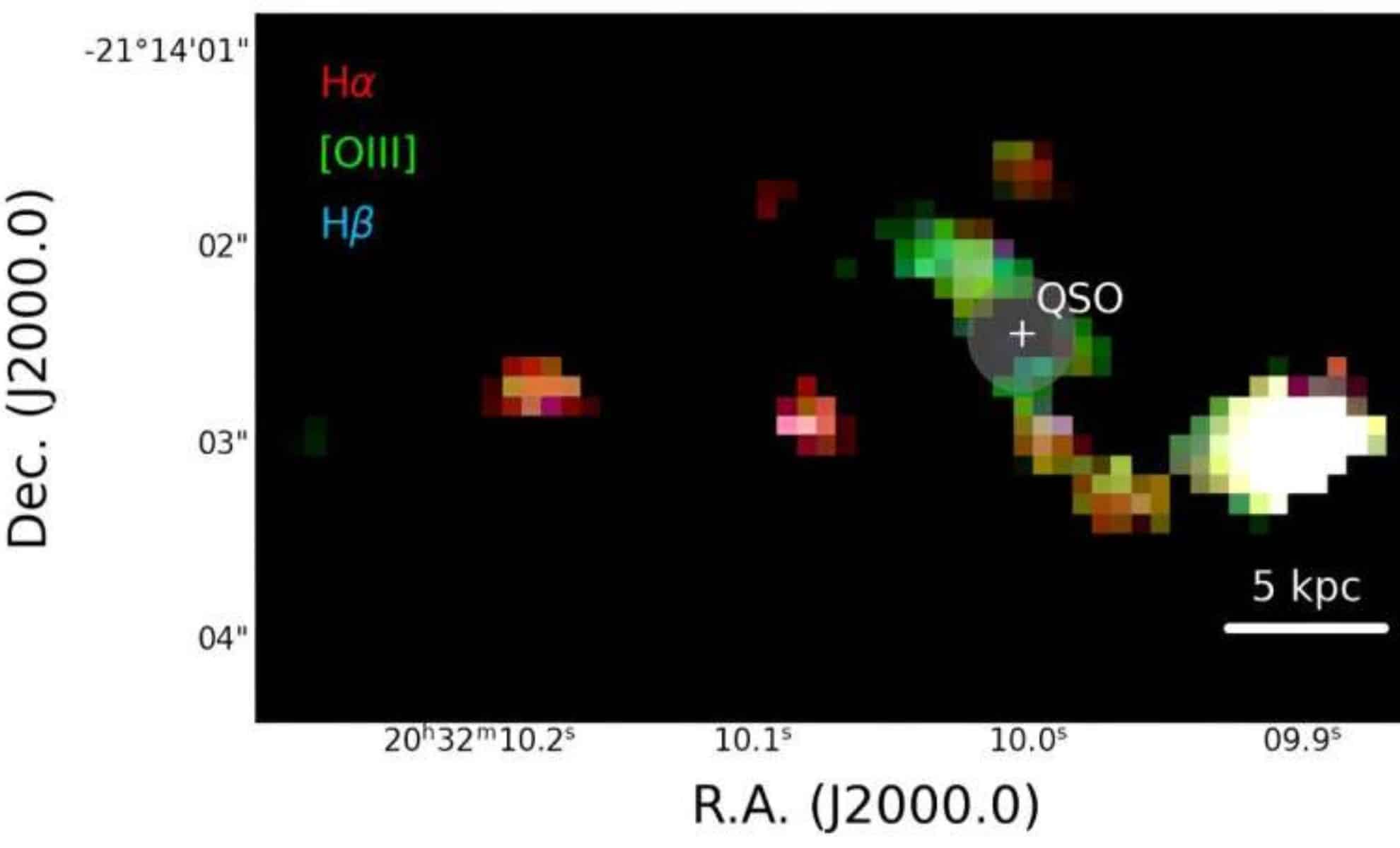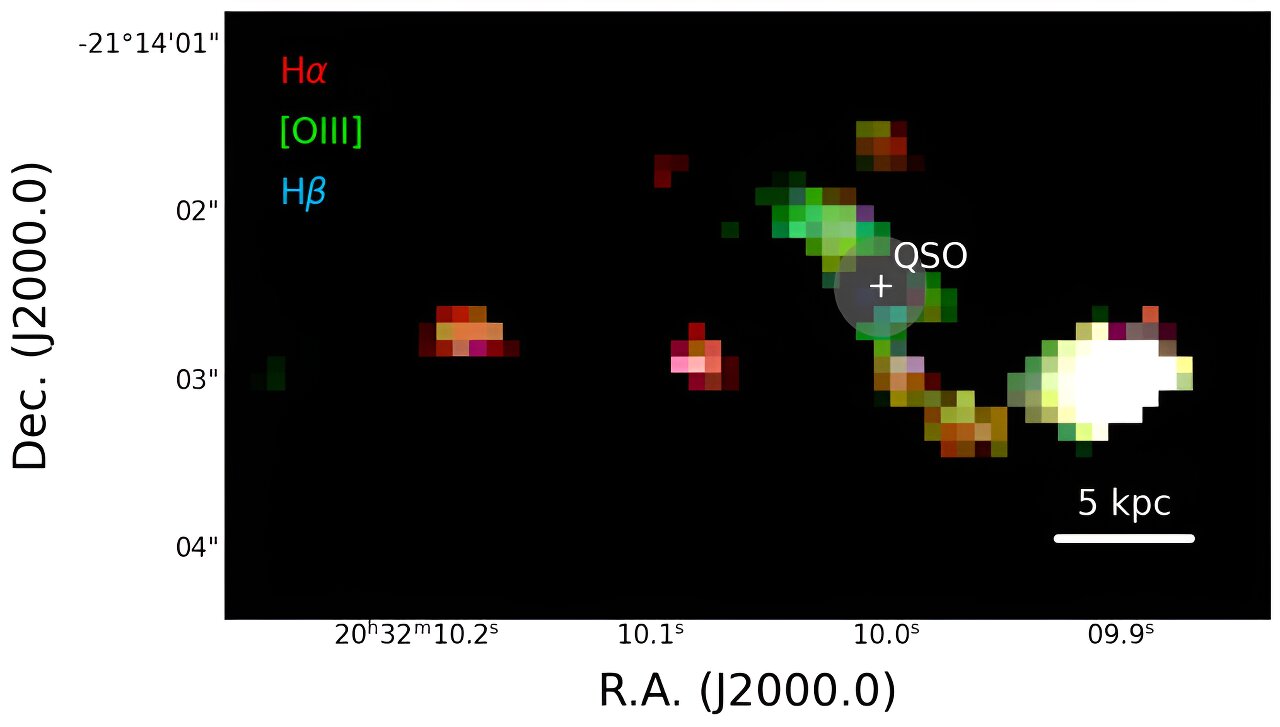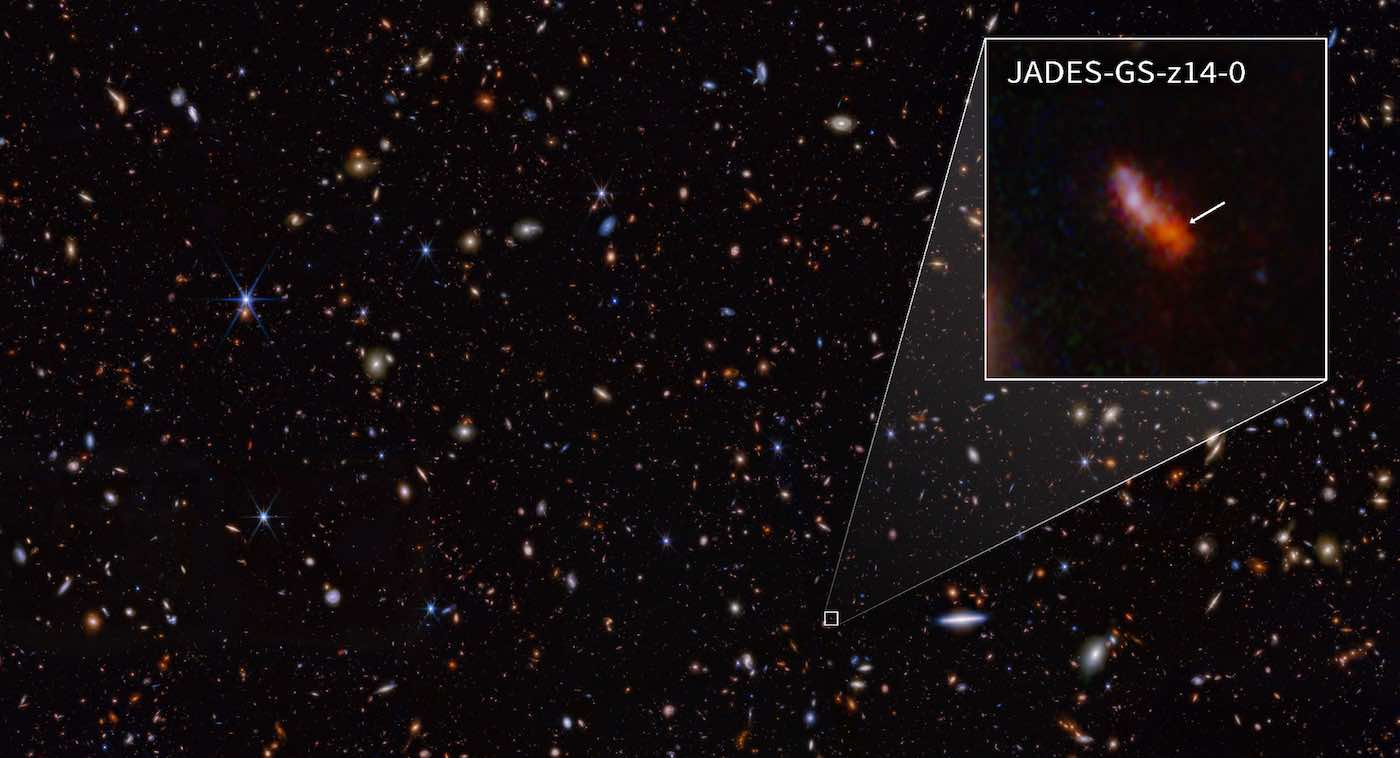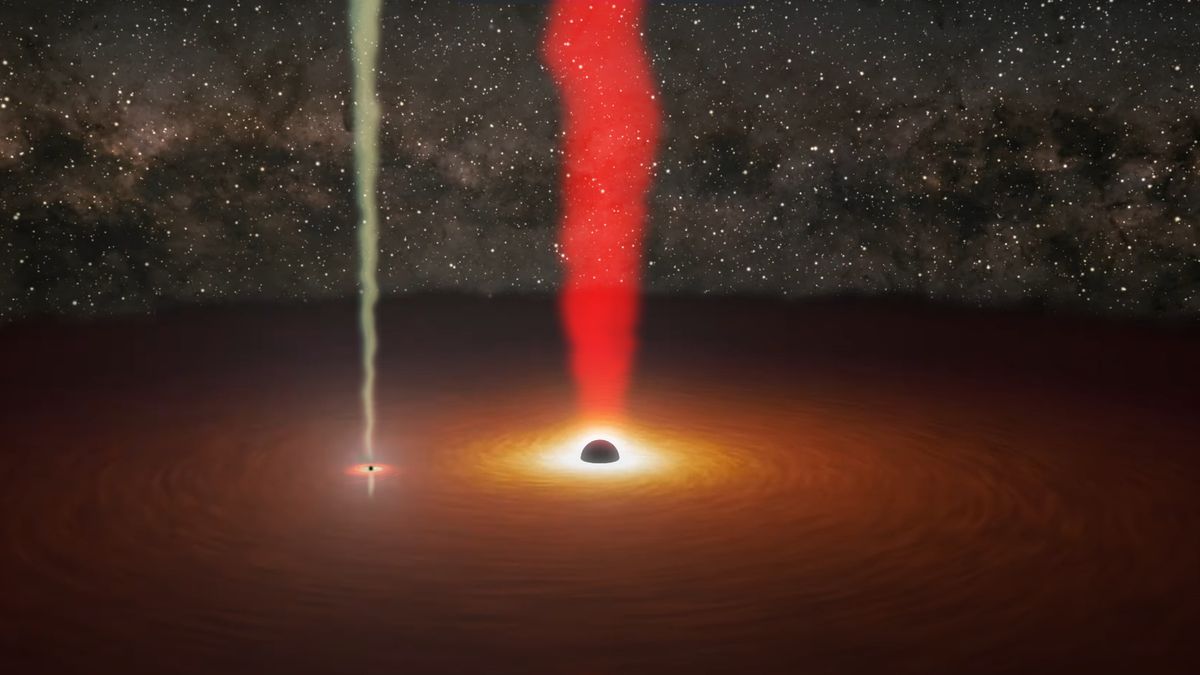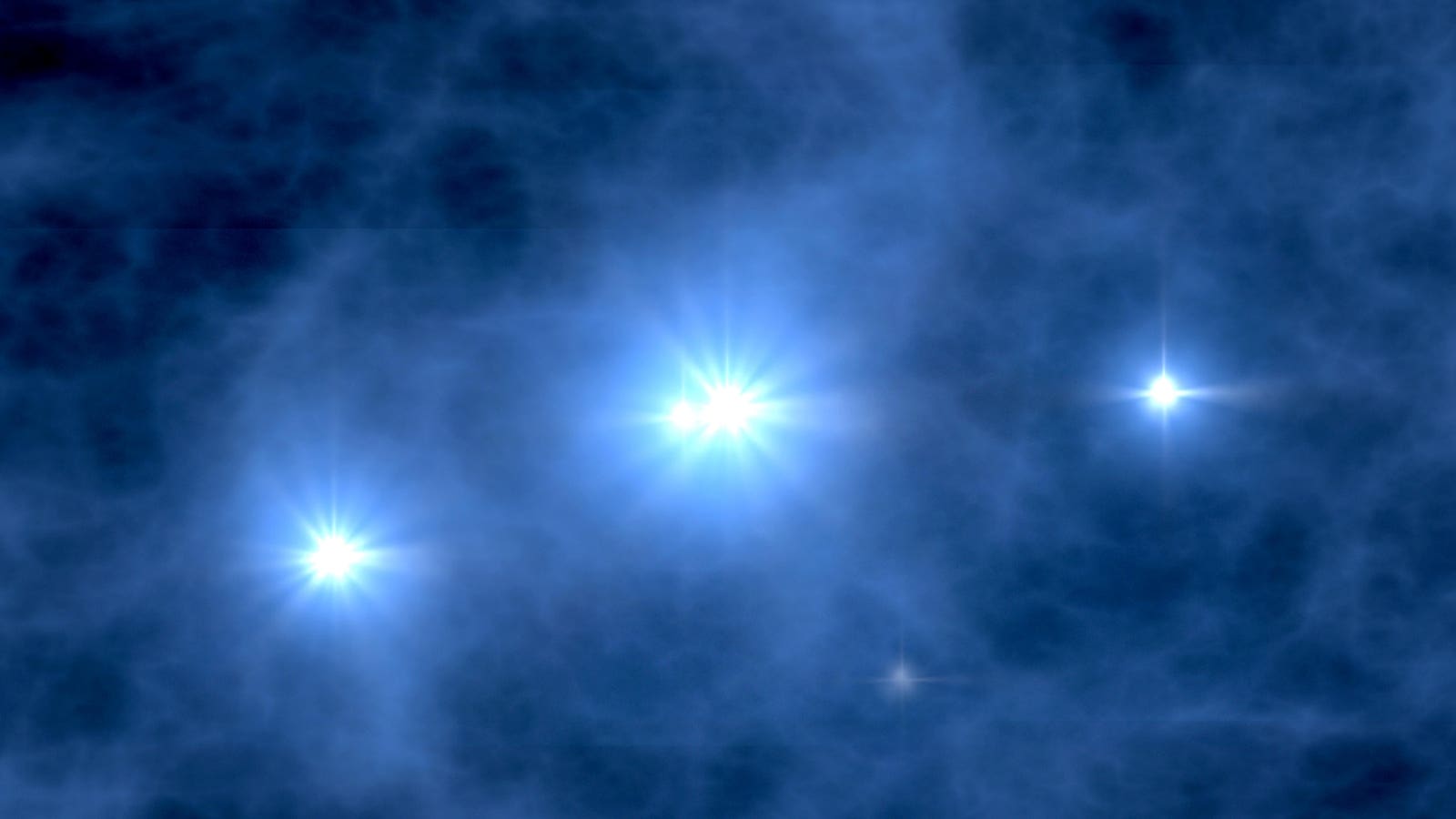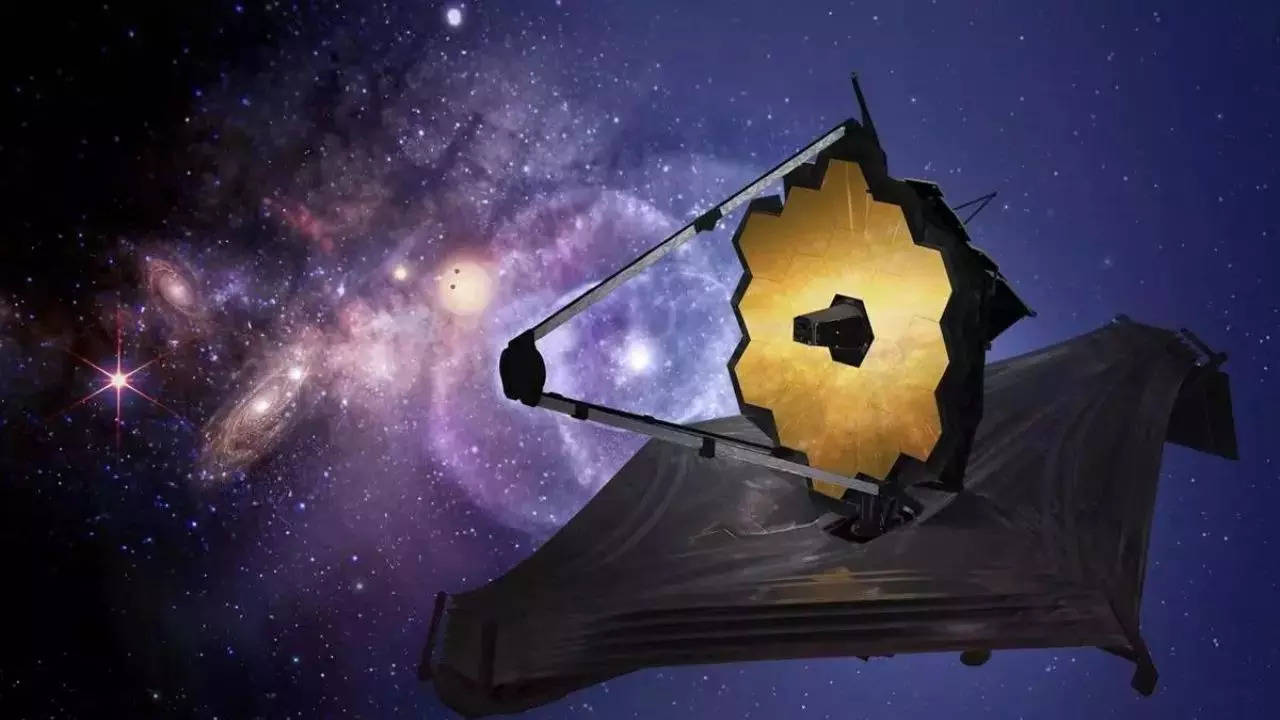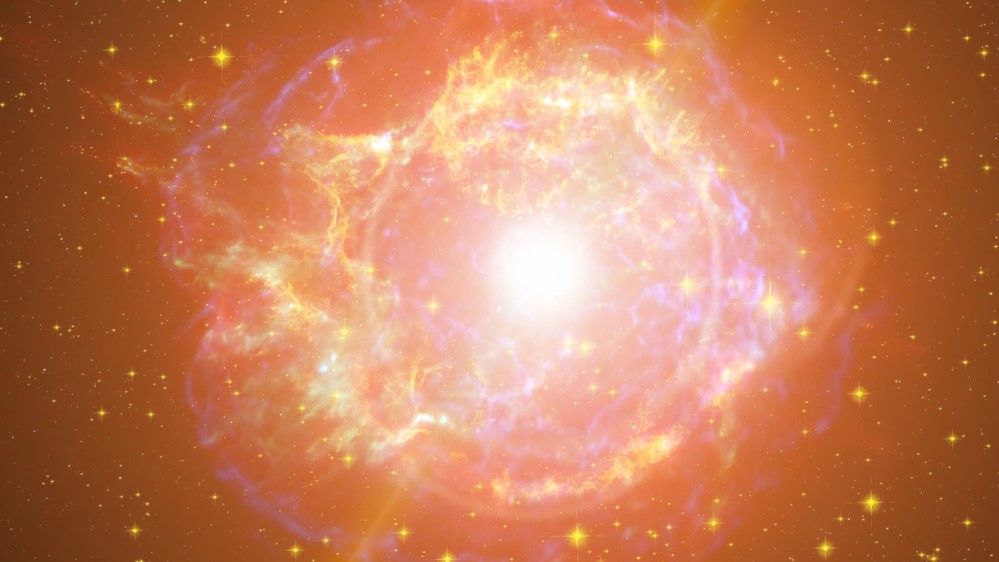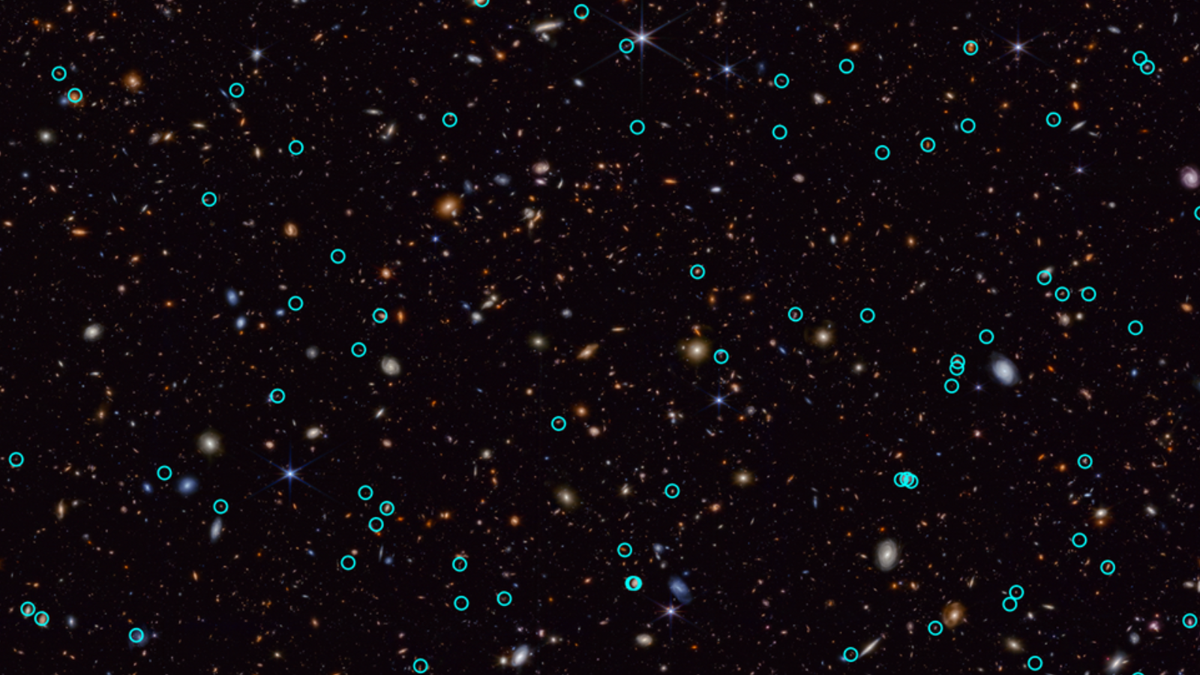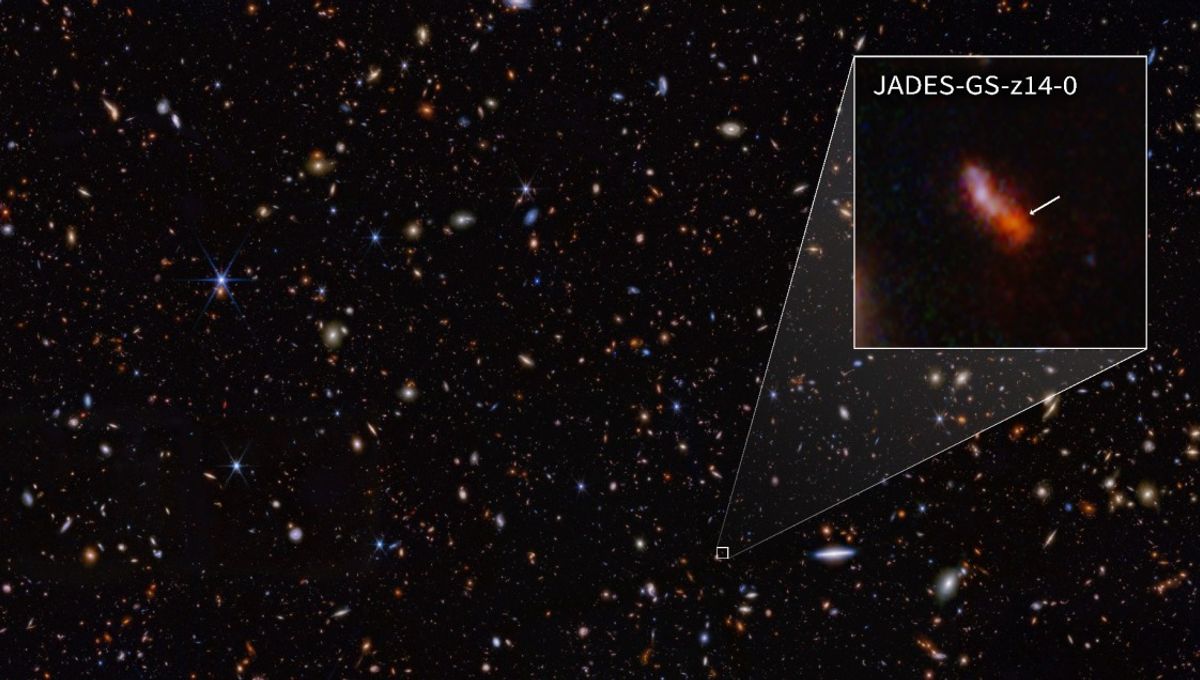Webb Space Telescope Captures Stunning Quasar-Galaxy Merger in Distant Universe
An international research team, led by the Italian National Astrophysical Institute (INAF), has used the James Webb Space Telescope (JWST) to capture an extraordinary event in the distant Universe: the dramatic interaction between a quasar and two massive satellite galaxies in the PJ308-21 system. This remarkable discovery provides new insights into the growth of galaxies … Read more
